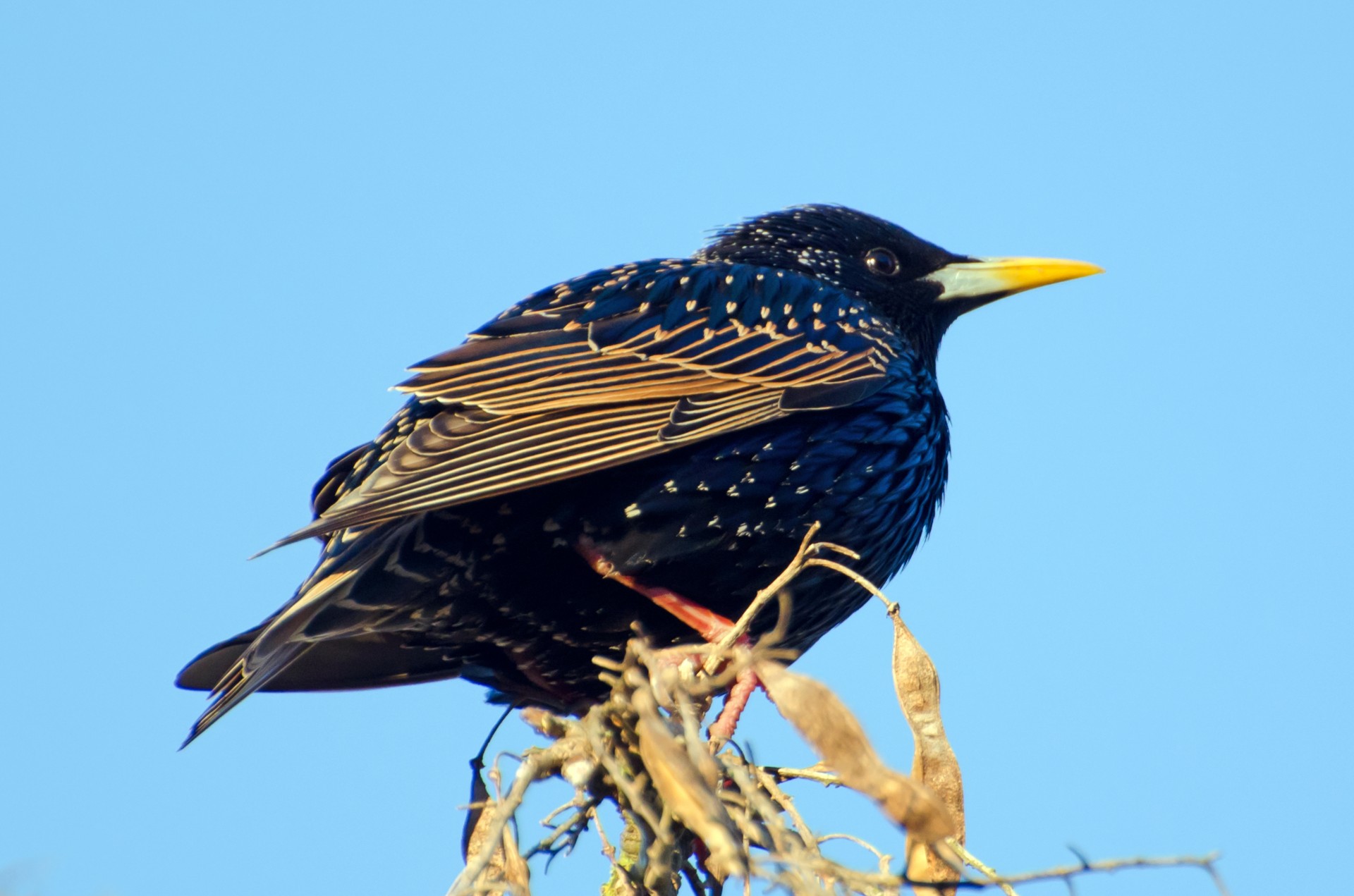I spotted this bird at my bird feeder this morning. Although it's the first time I've seen it, I hear these birds all the time.
 |
| Photo Credit: James Maxon |
The Carolina chickadee (Poecile carolinensis) is a small passerine bird in the tit family Paridae...
Adults...have a black cap and bib with white sides to the face. Their underparts are white with rusty brown on the flanks; their back is grey. They have a short dark bill, short wings and a moderately long tail. Very similar to the black-capped chickadee, the Carolina chickadee is distinguished by the slightly browner wing with the greater coverts brown (not whitish fringed) and the white fringing on the secondary feathers slightly less conspicuous; the tail is also slightly shorter and more square-ended...
The calls and song also differ subtly to an experienced ear: the Carolina chickadee's chick-a-dee call is faster and higher pitched than that of the black-capped chickadee, and the Carolina chickadee has a four note fee-bee-fee-bay song, whereas the black-capped omits the high notes. Identification is very difficult even with an excellent view.
The most famous call is the familiar chick-a-dee-dee-dee which gave this bird its name and its song is fee-bee-fee-bay.


_(33709417694).jpg/723px-House_Finch_(male)_(33709417694).jpg)
